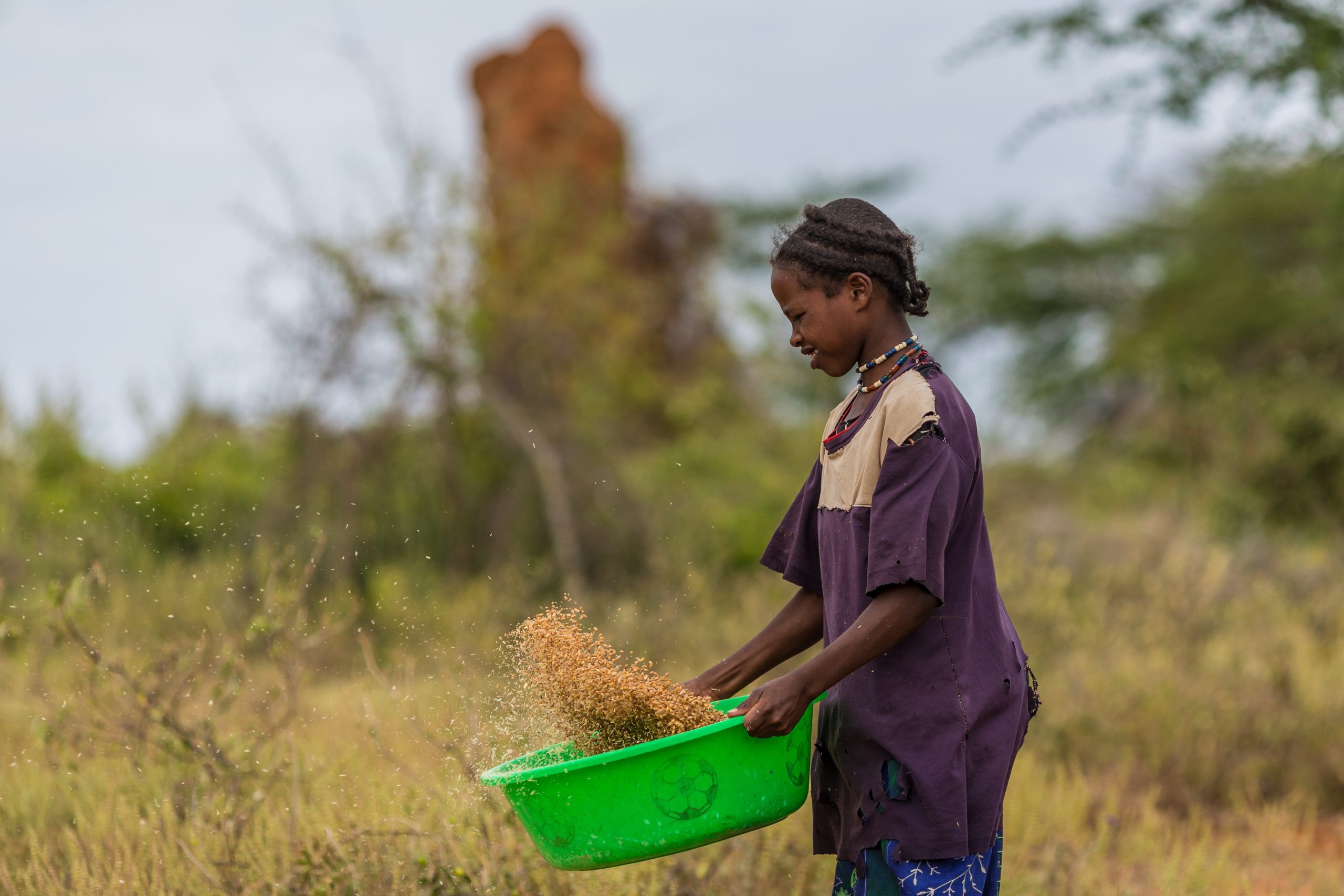Africa in the middle of a true protein revolution

Africa holds considerable potential in terms of agriculture and economics, given that a quarter of the human global population will reside there by 2050. But can it feed itself?
This was stated by Albert Van Rensburg, regional director Africa and managing director of Biomin South Africa. He spoke at the 8th Biomin’s World Nutrition Forum that took place in Cape Town last week. It was the first time that the WNF took place on African soil, hence the dedicated Africa in Focus session that was part of the event.
Potential and challenges
At the Africa in Focus session it became clear that Africa holds enormous potential for agriculture, but at the same time facing a lot of challenges in terms of feed and food production. Considering that Africa’s population will grow from 1.3 billion people today to 2.5 billion by 2050, it means that more animal protein will be consumed. Experts talk about a real protein revolution that is about the start in Africa (and already is happening). And the numbers are staggering. The projected growth rates for the consumption of animal products for the coming years are: 3.3% for poultry meat, 3.3% for pork, 3.1% for eggs, 2.5% for beef, 2.3% for mutton and 2.2% for milk. For aquaculture the figures are not known yet, but there are a large number of aquaculture facilities in Africa. But where will the increased demand for animal protein come from? Van Rensburg raised the question of whether Africa can feed itself, considering that Africa has mainly small scale farmers. “Probably not, as these small farms produce around 70% of the current demands for food in Africa. In addition, the overall agricultural expertise of farmers is lacking, so taking a small farm and turning this into a large, modern, high-tech farm is unrealistic at this point. But at the same time we have a country like Congo (approximately the same size as France), where the climate and water supply are perfect. This country has 18 million hectares of arable land, of which only 8 million hectares are used for agriculture. In theory, this land alone can almost feed the expected growing population in the whole of Africa,” he said.
Support for local feed associations
De Wet Boshoff, executive director at Animal Feed Manufacturers Association of South Africa (AFMA) highlighted the fact that Africa only produces 3.5% of the total global production of animal feed. This corresponds to 37.7 million tonnes of feed per year. Boshoff: “Africa has 22 feed producing countries. The continent is divided in 6 economic blocks, but the problem is that these blocks are not in sync which each other and do not cooperate. Much can be improved here in terms of the challenges we see in feed production. South Africa is quite developed when it comes to the feed industry. But this is not the case in other countries, where we for example still see use of raw materials in bags for daily use example. In many countries, the knowledge exchange is bad and the political instability (which also interferes agricultural policies, such as closure of certain borders) hinders development.” Boshoff said the challenges need to be addresses via a science based approach (no assumptions) and a value chain approach. “Luckily, we see that governments are starting to support agriculture more and more,” he said. Boshoff also mentioned that there will be more feed associations (like AFMA for South Africa) in more African countries. This will step up knowledge and trade. “South Africa can be seen as an example for the rest of Africa. We tested the set up of a feed association in Tanzania, and this was successfull. Next country will be Zambia. Other issues to be worked on in the African feed sectors are mycotoxin risk management, feed hygiene and silage preservation. Biomin is one of the countries that is investing a lot in Africa and is stepping up its activities in Africa to help tackle those issues via knowledge sharing, on-site technical and nutritional support and seminars (about AGP free production for example, to prepare Africa for the future). With these efforts, the feed quality, animal health and productivity are improved.
Tackling mycotoxins in Africa
As mentioned, mycotoxins are a continuing problem for the continent. Aflatoxins are a hidden problem and are affecting a lot of people in Africa. It is even said that aflatoxins (mainly found in corn and groundnuts) are causing more health problems in Africa than malaria and tuberculosis. The test results (mixed samples) from the Biomin mycotoxin survey over 2017, showed that the most common mycotoxin in African region was DON, detected in 68% of all tested samples. FUM occurred in 63% of all samples tested in Africa at an average concentration of 1,148 ppb. 37% of samples contained ZEN at an average level of 118 ppb. Luckily, many projects are working on keeping the mycotoxin problem under control. Earlier in the week of the event, Biomin hosted the kick-off meeting of MycoSafe-South, a research project to tackle mycotoxin-related food safety issues in sub-Saharan Africa. This project has a strong focus on human health. Other initiatives in Africa include the application of Aflasafe, a non-toxigenic (biocontrol) product, which has dramatically reduced aflatoxin contamination in African maize over the last years. Also the IARC report on mitigation methods for low and middle income countries names a number of strategies to find solutions for aflatoxins in Africa. Also the Partnership for Aflatoxin Control in Africa (PACA) is a great project, working with 6 African countries to generate locally relevant evidence on the extent of the aflatoxin problem and to formulate context-appropriate mitigation measures.
The next World Nutrition Forum will be held in Cancún, Mexico in 2020.











